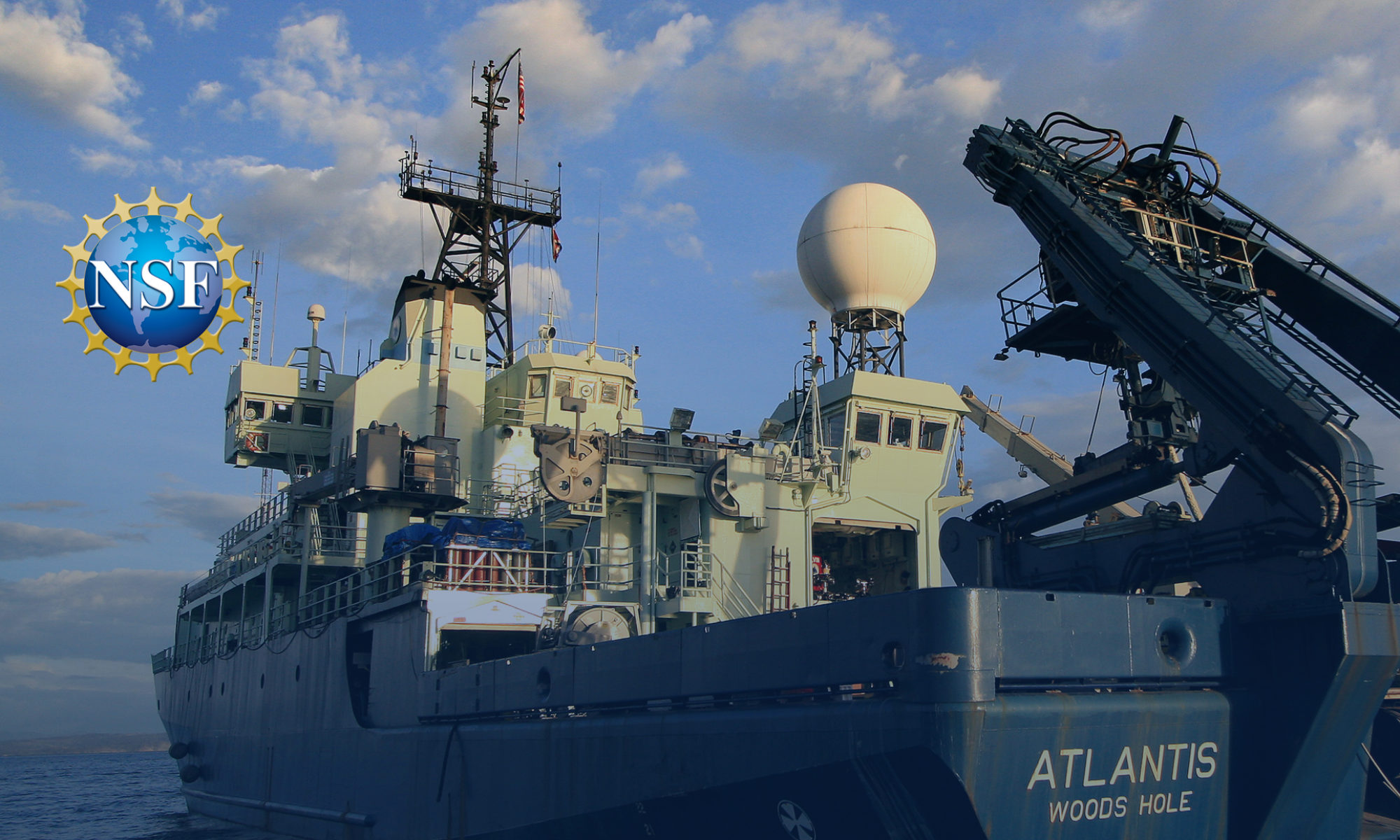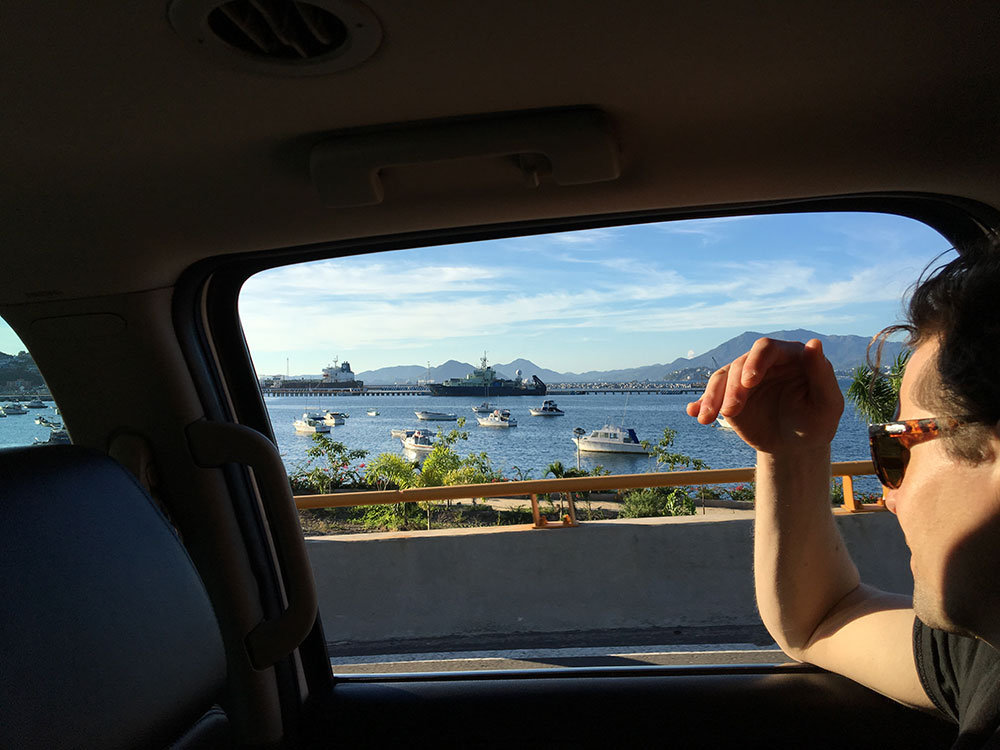
How does a research expedition begin? With the submission of the proposal? With its acceptance? With the first meeting of the team? When everyone arrives on the ship? Or when the ship finally casts off?

There are many beginnings to something as complicated as this. We have passed many of them and are now making final preparations on the ship before we leave Manzanillo at 8:00 a.m. Monday, December 3. I almost wrote, “And then the real work begins,” but in reality, this team has been hard at work planning and organizing for months, if not years.

And that, perhaps, is the first and most important lesson for the early-career scientists on board Atlantis—that a complicated, multi-disciplinary expedition like this, one that involves a limited number of dives by the submersible Alvin and autonomous underwater vehicle Sentry in several locations spread over hundreds of miles, is only going to succeed with careful, detailed planning and organization.
We’ll get to all of that in future posts. First, a road map of the next two weeks:
This expedition will unfold in two parts. When we leave port Monday morning, we’ll head first to a chain of seamounts south of Manzanillo and west of the East Pacific Rise at 8°20’ N to complete the 2016 OASIS expedition with four Alvin and three Sentry dives. After that, we steam 100 miles north to the East Pacific Rise at 9°50’ N to do four more dives with Alvin and Sentry. The latter part is official the Early-Career Scientist (ECS) portion of the expedition, but in fact, the entire trip is a learning experience.
Today (Sunday) was our first full day on the ship and we spent transforming it to meet our needs—which are very different from those of the previous science party. Fortunately, Atlantis, like all the ships in the UNOLS fleet, is built to be flexible and we gradually reconfigured the lab spaces into a shape that will permit microbiologists to work alongside geologists and fluid chemists to share space with macro biologists. Meetings were also a big part of our day, including a quick tutorial from WHOI geologist Dan Fornari on the nuances of arranging the equipment and sample containers on the science basket mounted to the front of Alvin.

Tonight, we’ll finish securing all of our gear for sea by tying down computers and monitors and strap and We’ll continue preparing as we transit from Manzanillo to our first dive site on Thursday morning. Keep following along to learn more about what we’re doing and to hear from each of the early-career scientists on board. You can also keep up with us on the UNOLS Chief Scientist Training Facebook page (@UNOLSCSW) or by following the hashtag #ECS2018 on Twitter or Instagram.



